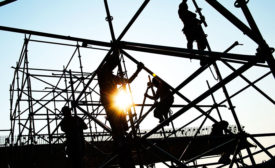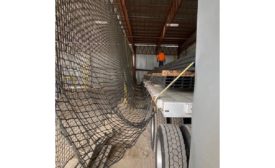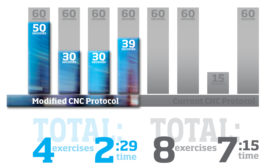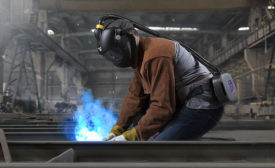Risk Management
Digital Edition Exclusive
What you should know about ISO 45001- 2018 OHSMS
January 1, 2020
2020 Top Standards: ANSI/ISEA
ANSI/ISEA 121- Dropped Object Prevention Solutions
December 20, 2019
2020 Top Standards: NFPA
NFPA 652 standard on fundamentals of combustible dust
December 20, 2019
Preventing falls from flatbed trucks
December 19, 2019
Visual Literacy and Serious Injury and Fatality Prevention
Join us for a complimentary webinar
December 12, 2019
Stay current with PPE safety standards
What you need to know about ASTM F2413, NFPA 2112, NFPA 70E and EU standards
December 4, 2019
Never miss the latest news and trends driving the safety industry
eNewsletter | Website | eMagazine
JOIN TODAYCopyright ©2024. All Rights Reserved BNP Media.
Design, CMS, Hosting & Web Development :: ePublishing











